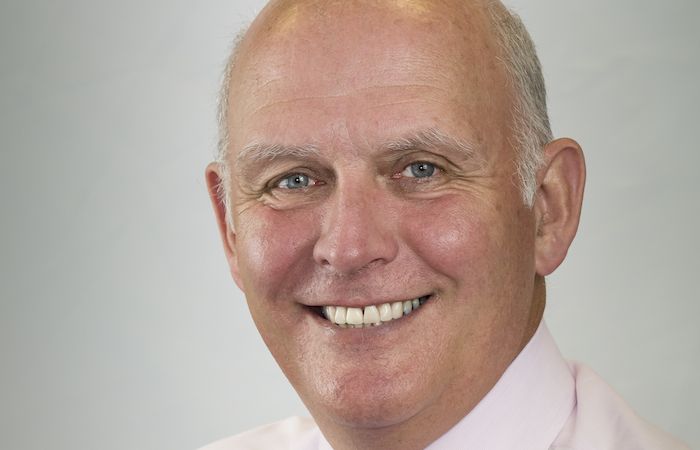
Deputy Prime Minister and Secretary of State for Housing Angela Rayner has “not a cat’s chance in hell” of hitting the 1.5 million housing target set by the new government, says Keystone Property Finance chief executive David Whittaker.
Whittaker, who was on a panel at the Specialist Lending Expo, says while the target might not be met, “it’s about the direction of travel”.
He says: “When she gets to year five, if she’s hitting 300,000, I think whatever your views are, you should say well done, you have achieved something that no government in the last quarter of a century has achieved — she’s going to go for it.”
But Whittaker says: “Without a planning system that works we will never get to the 1.5m target that the Labour government has committed us to over the next five years.”
Also speaking on the panel was OSB Group group intermediary director Adrian Moloney, who suggests Labour have come into it in a “perfect storm”.
Moloney says: “They came into government at a much better place than say after the Liz Truss mini-Budget in September 2022.”
“The economy was starting to sort itself out, inflation was down, mortgage rates came down, so from a housing point of view and mortgage market point of view, the trajectory is up and if they continue like that then they’re not in a bad place.”
Moloney highlights that for change to happen, there needs to be a long-serving housing minister. There have been 15 housing ministers since 2010, which has led to an inconsistent approach.
He says Labour has an “opportunity to build on as the economy seems to be going in the right direction”.
The panel also discussed the recent 2% increase to stamp duty on second homes which Chancellor Rachel Reeves announced in her Budget last month.
Castle Trust managing director Barry Searle says: “The decisions made in the last couple of years have taken out the occasional landlord and private landlord so what you have got now is more institutional and professional landlords.”
“However, you have to look at the opportunity with that increase that comes with that and what we’re seeing is the increase in refurb bridging costs because if you look at the average gap between original valuation and growth development value it’s 32% and the average cost of works is 10% therefore you can absorb the 3%.”
Searle highlights that demand is currently outstripping supply.
He says: “There’s still too many people that want housing and there’s still talk about what will happen for first-time buyers as the discount on stamp duty is going at the end of March next year.”
“It will still be the bank of Mum and Dad who will help FTBs because those people will still need and want somewhere to live therefore the rental market will remain strong.”
Meanwhile, Cox adds: “The UK doesn’t build enough houses, and we don’t build enough stock of social housing, so we need to look at where are those people going to live and where is that demand met.
He believes that demand will be met by the private rented sector suggesting there will be an “inevitable shift” from the amateur landlord to the more professional landlord.
“Rental growth has slowed down, which isn’t a bad thing as it was probably running away with itself, but the BTL market and private rented sector will survive because it’s as simple as people have nowhere else to live,” he adds.
He also highlights that the 2% rise will just “recalibrate the market” and will not be “fatal at all”.



